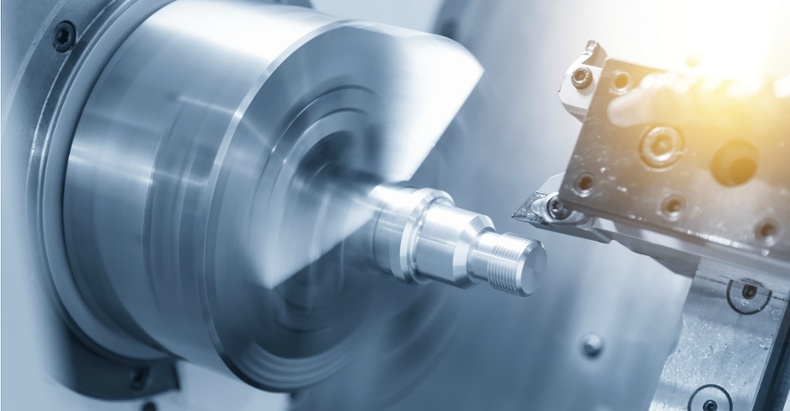
Understanding Swiss-Type Machining
The CNC market is undergoing tremendous growth. One estimate shows that it will be worth $129 billion by the end of 2026.
A number of factors are contributing to the strong growth this industry is experiencing, but one of the biggest factors is the proliferation of new types of machining.
There is an entire segment of the industry known as Swiss type machining. This is a growing field that has attracted a lot of attention in recent years.
A number of manufacturers are exploring the benefits and looking to use Swiss-style tools to get more efficiency and cut costs.
There are a couple of ways that Swiss-style machining can work. Manufacturers can copy the processes that Swiss companies use to produce products. They can also find new applications for a Swiss machine, such as the Swiss lathe.
There are a number of industries where Swiss type machining is becoming more important.
The durable goods industry is a prime example. In 2013, the durable goods industry was worth $6.6 billion. It had increased 8 percent over the past year.
More recent reports show this figure is even higher. They are discovering that Swiss-lathes are highly beneficial, as they look for innovative ways to trim costs and improve output.
Other industries are relying on these processes and equipment as well. The electronics and medical industries are becoming more reliant on swiss lathes and other swiss machining tools.
Major Benefits of Swiss Style Machining
In order to fully appreciate the benefits of Swiss type machining, it is necessary to explore the nuances of the processes that it entails. The benefits rely largely on the designs of the machining equipment.
There are a lot of Swiss machining tools on the market, all of which have some major benefits.
One of the best examples is the Swiss style lathe. There are some differences between these types of lathes that may seem subtle to the average layperson.
However, these differences are significant in actual machining applications.
One of the biggest differences is that the holding mechanism is not exposed to the bed or the tooling. Here are some important benefits that this provides.
Better Support for all Stock Material
When you are turning any material with a lathe, it is important to make sure that it is adequately supported. You are going to get a poor and likely uneven cut if the material jostles around.
This can be especially problematic if you are trying to create a thread for any cylindrical object. Threads are going to be virtually useless if the depth of the cut is not uniform across the entire length of the threaded area.
Anybody that has tried using a screw that has been poorly cut will understand this reality.
This is probably the biggest benefit of Swiss style lathes. They provide much better support than your standard lathe. You should have fewer defective parts, due to the reduced risk of the support material moving.
Superior Tolerance
Swiss style lathes take advantage of the process known as guide brushing. There are a number of benefits of this process.
The biggest benefit is enhanced rigidity. Why is this valuable to the machining process? The biggest advantage is that it leads to a higher tolerance level.
Ability to Work with Smaller Parts
There are a number of scenarios where machinist will want to work with smaller parts. Unfortunately, this is not feasible with standard lathes. They would need to use more expensive machining processes, such as making laser cuts.
Machinists need to find cost-effective ways to complete the tasks that they are assigned. Swiss style lathes are able to handle very small parts. This means that they are often the most affordable option to affectively make cuts.
Swiss Style Machining is Invaluable for Manufacturing
The manufacturing industry is undergoing a number of major changes in the coming years. One of the biggest adaption of Swiss-style machining.
There are numerous benefits of Swiss-style machining processes. They can be more cost-effective with dealing with smaller materials and can make it easier to make more precise cuts.
This revelation should make Swiss-style machining tools more attractive in the near future.
Promoted


